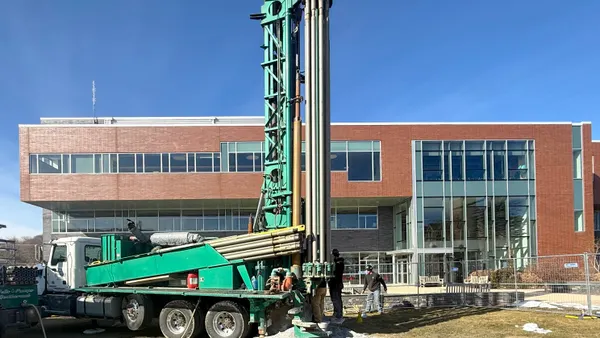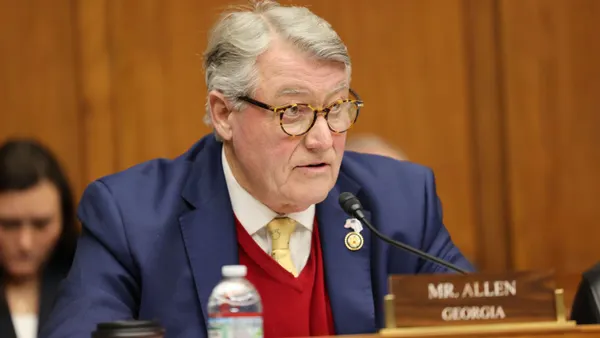Dive Brief:
- New York’s grid is at an “inflection point” as the state deals with an aging generation fleet and increasing difficulty in deploying dispatchable resources amid rapid load growth, foreshadowing “profound reliability challenges,” the New York Independent System Operator said in its 2025 to 2034 Comprehensive Reliability Plan.
- The report released Friday doesn’t identify any actionable reliability needs, but “this outcome should not be mistaken for long-term system adequacy,” NYISO said, and suggested altering its procedures for identifying reliability needs.
- Earthjustice criticized the report in a Friday release, challenging its methodology and objecting to the recommended deployment of additional natural gas resources.
Dive Insight:
In the report, NYISO said that “depending on demand growth and retirement patterns, the system may need several thousand megawatts of new dispatchable generation” over the next 10 years. “The margin for error is extremely narrow, and most plausible futures point to significant reliability shortfalls within the next ten years,” it said.
NYISO recommended accelerating the entry of solar, wind and storage resources already in the pipeline, preserving or replacing critical dispatchable capability like the New York Power Authority’s small gas plants and adding additional firm capacity.
“Planning and investment must begin now,” NYISO said. “Long lead times for permitting, equipment procurement, and construction mean that decisions made today will determine whether the system can meet reliability standards by the next decade.”
The Independent Power Producers of New York praised the report in a Friday release, saying it contained “honest and robust findings.” IPPNY president and CEO Gavin Donohue said the report “reiterates the State’s realization that ALL resources are needed to meet the once-in-a-generation economic growth set for New York.”
The report concludes that NYISO should “account for a wider range of plausible outcomes in reliability planning” and adopt new scenario planning concepts into its “formal procedures for determining actionable Reliability Needs.”
These concepts include evaluating a wider range of potential risks like project delays “rather than relying solely on a deterministic base case,” incorporating the probability of aging generation or catastrophic failures and using a range of plausible demand forecasts.
The latter would “[account] for economic trends, electrification, demand-side policy adoption, and technology-driven behavior changes,” NYISO said.
Earthjustice’s release argued that “there are diminishing benefits to investing more money into a system that already has adequate resources, and at a certain point New Yorkers could be asked to spend more for basically no benefit.”
Earthjustice pointed to comments on the CRP made by NYISO’s market monitoring unit, which state that the “capacity market is not currently designed to provide adequate long-term prices if the planning framework consistently ensures large capacity surpluses” and that “making the market compatible with such an approach would require changes to market parameters and/or design elements.”
The MMU noted that changes to the ICAP demand curve “could be used to offset the expected surpluses produced by the planning process. However, this would result in a market designed to inefficiently retain more capacity than is needed to satisfy reliability criteria at great cost to ratepayers.”
“Hence, it is important to carefully consider the level of conservatism that is appropriate for declaring Reliability Needs before such market changes become necessary,” the MMU said.
NYISO’s report concluded that “given the confluence of factors that the system faces, enhancements to the NYISO’s reliability planning processes are essential and must be undertaken now” and said it will “discuss the recommendations listed above with stakeholders prior to the start of the 2026 cycle of the Reliability Planning Process.”
Some of these recommendations might require changes to the “Reliability Planning Process Manual, the Open Access Transmission Tariff, and coordination with the New York State agencies and the New York State Reliability Council,” NYISO said.













